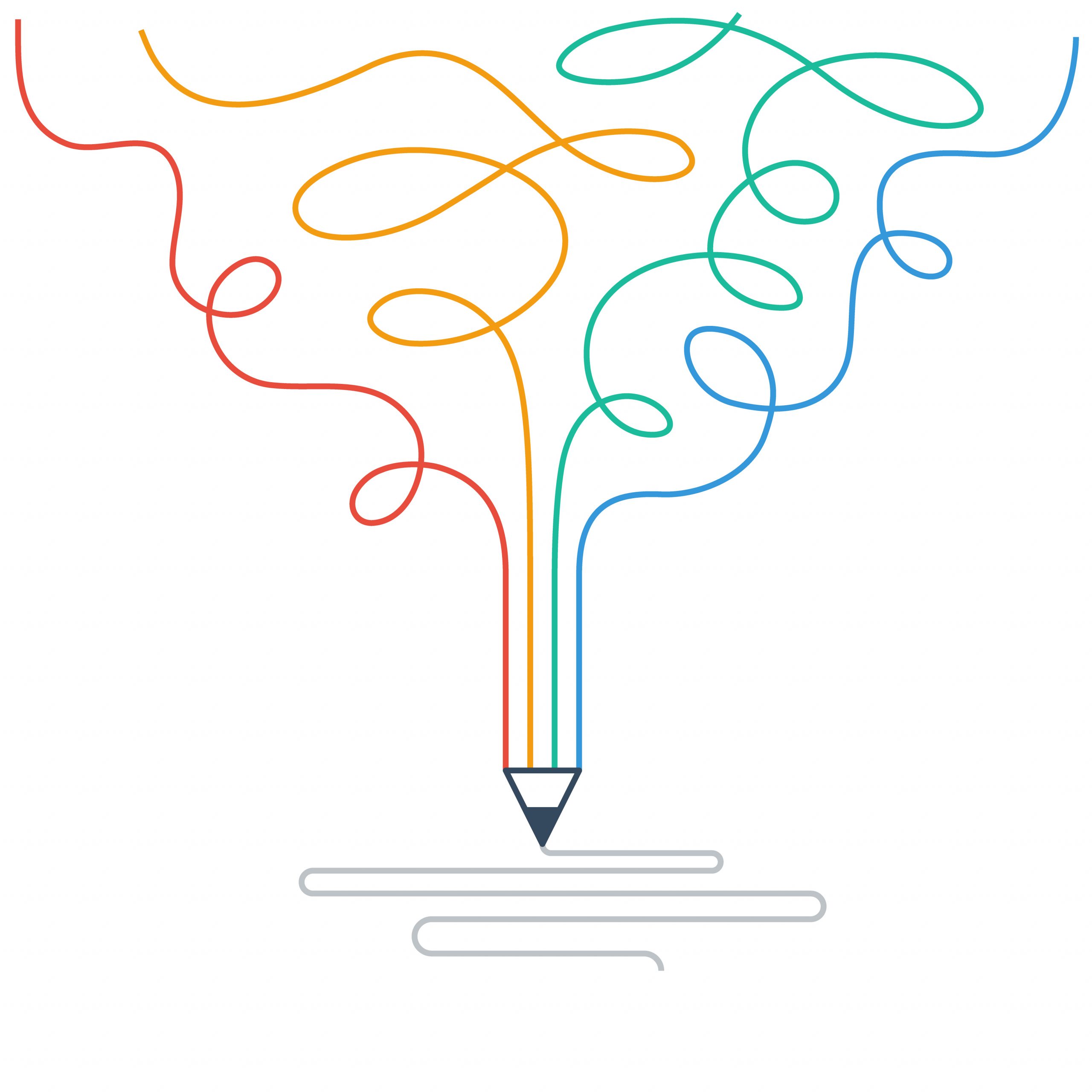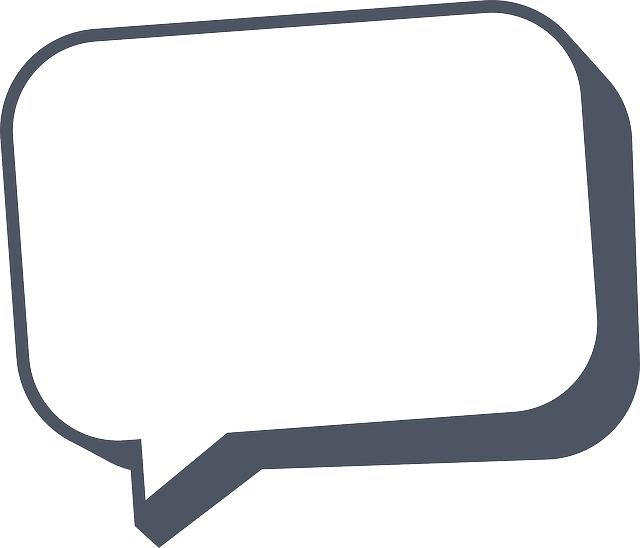If you’re in business and offering a product or service, you probably use email to contact the clients or customers you regularly serve (or are hoping to serve when they arrive at the point where they recognize fully that they need the product or service you offer).
If what you’re doing is working, you probably already know what I’m about to share with you.
If what you’re doing isn’t working, this information will help you get where you’re going.
Subject Line: Make Sure It’s Great!
By great, I mean make sure that it hits your target audience right where they live at their most basic fight-or-flight response level. You need to target their fear of loss, unbalance their false sense of security (or play on their acknowledgement that they’re occupying an insecure position), or some other basic survival-level need (Examples: pain/pleasure; danger/safety; dissatisfaction/ satisfaction; misery/relief; financial ruin/financial independence).
Note: Whatever you offer (product or service) has to be a decisive answer/cure/palliative to the need your target audience has.
Examples of Compelling Headlines
(But Please Note: NEVER Make a Claim or Promise in your headline or anywhere else that Your Product or Service Cannot Solve. That’s false advertising, and it’s illegal.)
If you offer pain relief, a great subject line might be…
In Pain? Five Things You Can Do to Get Relief NOW
Fibromyalgia? Have You Considered Cranio-sacral Therapy?
If you offer cosmetic dentistry, a great subject line might be…
Hiding Your Smile Because of Crooked, Chipped or Missing Teeth?
Is Your Smile Your Passport–or Your Prison?
Now it’s time for your greeting.
You can use “Hi,” “Hey,” “Hello” or any other friendly term as long as you follow it up with an actual name. Sending a generic email with “Dear Friend” or “Dear Customer” will telegraph to the recipient that you’re broadcasting the same message to the masses, and you’ll lose points big time.
In the first line of the email, set the stage: name the pain, problem or predicament you’re emailing them about (a pain, problem or predicament that you can solve for them or help them solve).
In the next paragraph, amplify and aggravate the pain/problem/predicament in some way: with a story, perhaps, or with an expanded mention that further explores the problem and lets the recipient know that you’ve identified their challenge precisely.
In the next paragraph, let them know you’re on the verge of sharing with them how to solve the pain, problem, or predicament. A good third paragraph might begin, “What if you had the exact steps to…” (solve the pain, problem, or predicament) you find yourself in?”
Next will follow your first Call to Action (CTA). It might be, “Call today to….” or “Click now to download my free report…”
A bullet point list can follow that tells the reader what he or she will learn, discover or be able to do after taking the above step and answering your CTA. List the benefits of answering the CTA in the bullet list. Examples:
In my Free Report you’ll learn…
- The one critical piece of the puzzle you’ll need to….
- Five ways to…..
- Who/what/when/where/why….
Finally, give a second CTA. (It’s the same CTA as above, but worded differently).
Then sign off the way you normally do.
Add a Great P.S.
It’s always a good idea to add a P.S. that underscores one of the chief benefits of answering your call to action. People read and respond to P.S.’s so make it present tense, active and compelling enough that they’ll follow through and do what you’ve asked them to do.
There you have it–a great template for a compelling, converting email message (or series of messages/campaign).







